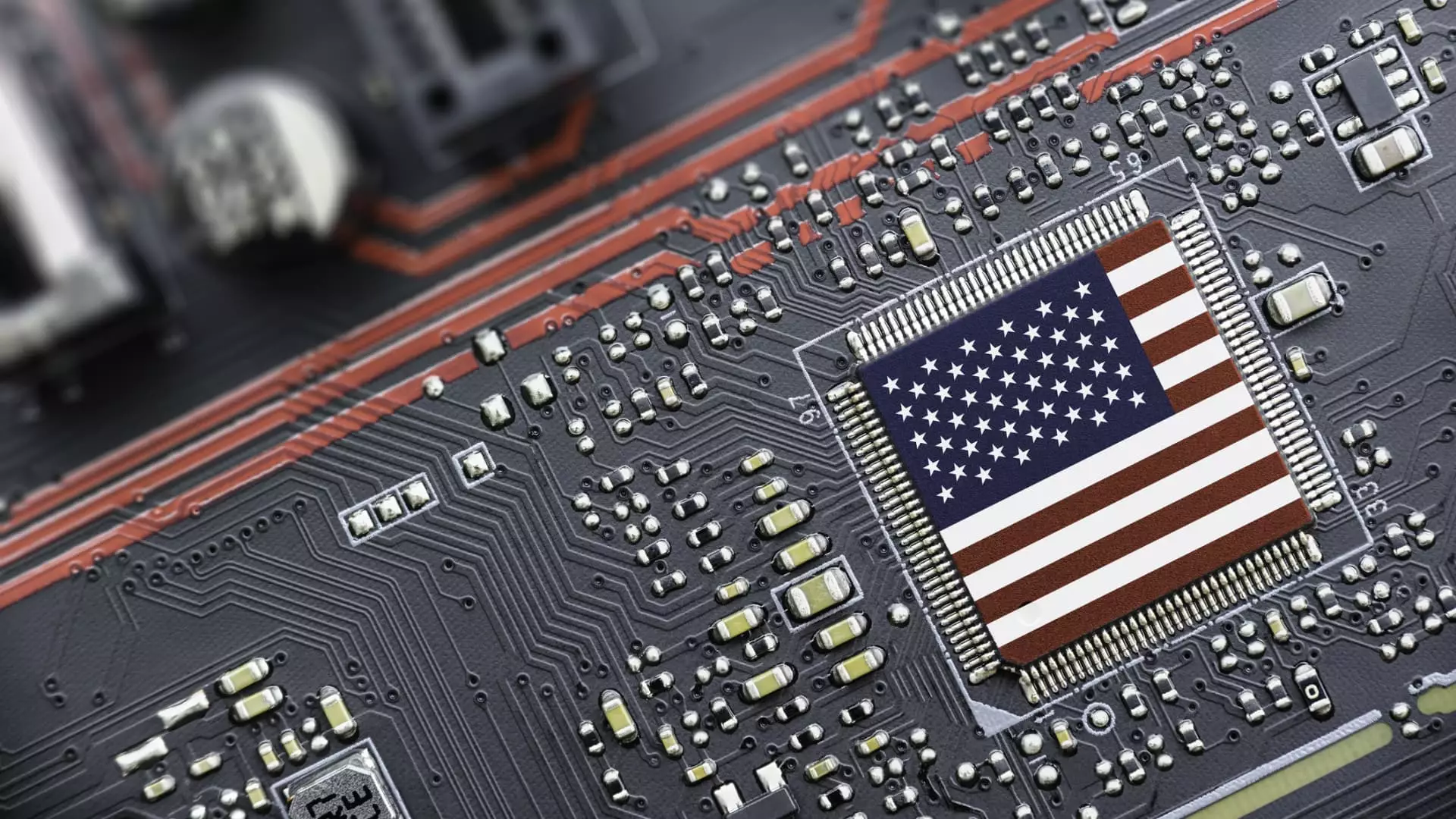The U.S. Commerce Department’s recent decision to launch a national security investigation into semiconductor imports underscores a pivotal moment in American trade and technology policies. This move, as reported in a recent Federal Register notice, delves deeper into a sector that is foundational to virtually all modern electronics. The ramifications of the investigation extend beyond immediate economic interests; they touch upon national security, technological independence, and the future of U.S. manufacturing in a fiercely competitive global landscape.
Amid President Trump’s ambitious plans for tariffs, previously suggested exemptions for electronic products appear increasingly tenuous. This investigation directly confronts that ambiguity, leaving no room for complacency in Washington’s approach to semiconductor dependency. By holding public comments for a short period, the Commerce Department invites various stakeholders to voice their opinions, creating a platform for debate about the strategic direction the U.S. should take regarding semiconductor manufacturing and technology.
The Tariff Game: A Strategic Move for U.S. Industry
At the heart of this investigation lies the consideration of tariffs, a tool that the current administration is prepared to wield in the name of national security. This approach mirrors previous actions taken under Section 232 of the Trade Expansion Act, setting the stage for potential protective measures that could reshape the semiconductor landscape in America. With the global supply chain heavily reliant on imports from countries like Taiwan and South Korea, the question arises: Can the U.S. strengthen its semiconductor manufacturing capacity to decrease this dependence?
Several factors must be taken into account. While tariffs might seem like a straightforward solution, they bring with them the risk of retaliation and market instability. Moreover, the challenge lies in swiftly building a robust domestic semiconductor industry that can keep pace with technological advancements and global competitors. This complex equation has significant implications not only for technology firms but also for consumers who could ultimately bear the costs of tariffs through higher prices.
Pioneering Initiatives to Rebuild Domestic Capacity
On a more optimistic note, recent initiatives have demonstrated a proactive approach toward revitalizing U.S. semiconductor production. For instance, the $280 billion CHIPS and Science Act aims to spur investment in domestic manufacturing capabilities and innovation. Additionally, companies like Nvidia are making headlines by committing to design and manufacture AI supercomputers entirely within the U.S., representing a promising shift toward self-reliance in high-tech production.
Moreover, Taiwan Semiconductor Manufacturing Company (TSMC) has signaled its intention to significantly increase investments in the U.S. With an additional $100 billion committed to advanced semiconductor manufacturing, these moves could create a ripple effect in the industry, encouraging other firms to follow suit. Harnessing these trends effectively will be crucial for Washington to realize its vision of a competitive domestic semiconductor sector.
The Balancing Act: Between National Security and Economic Growth
Ultimately, the investigation and subsequent actions present a balancing act between ensuring national security and promoting economic growth. It’s vital that policymakers recognize the intricate relationship between trade, technology, and security in their decision-making processes. While safeguarding U.S. interests is paramount, overly aggressive tariff policies could stifle innovation and lead to unforeseen consequences.
The semiconductor dilemma exemplifies this conundrum. As technology becomes increasingly crucial to many aspects of life, from healthcare to defense, the U.S. must tread carefully. Building robust domestic capabilities should not come at the expense of fostering international collaborations that can supplement domestic efforts, especially given the globally interconnected nature of technology supply chains.
In closing, as stakeholders across sectors engage in this critical dialogue, it’s essential for the U.S. to chart a path that not only prioritizes national security but also fosters an environment for innovation and growth. The investigation marks only the beginning of what will be a transformative phase in the pursuit of technological independence.


Leave a Reply